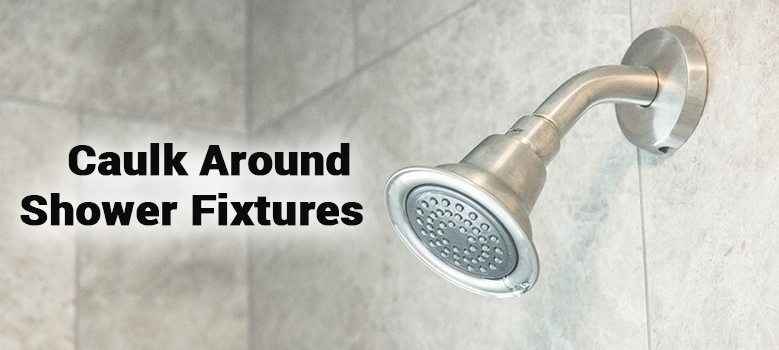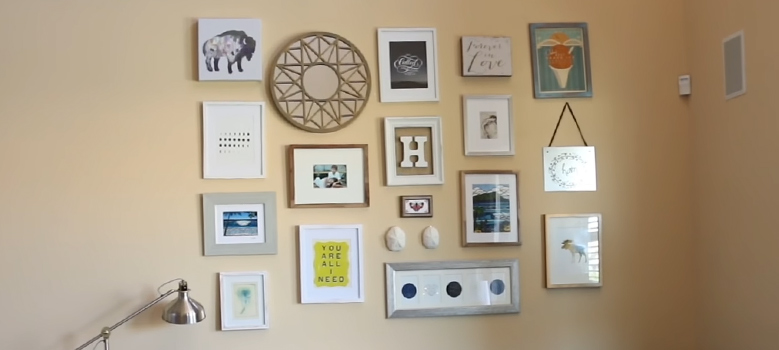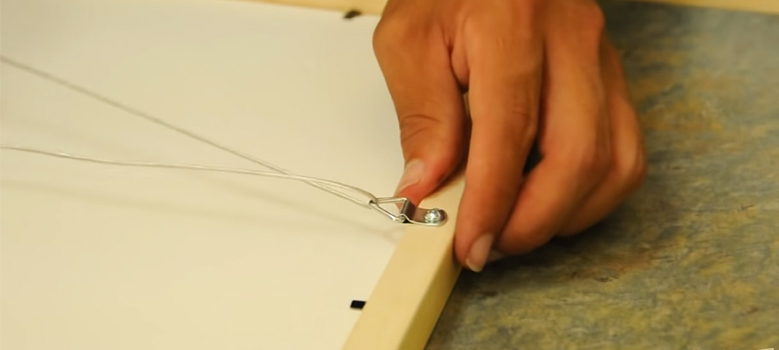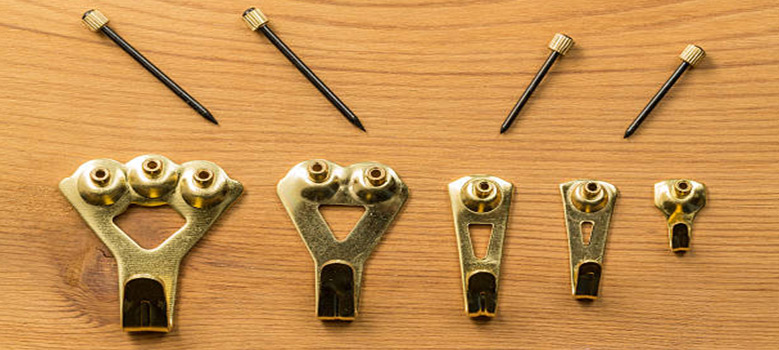Typically when you caulk in any corner or surrounding in a bathroom, you do it with precision and care. Because you don’t want water to leak under your sink, floor, or even the toilet.
This is done so that the floor doesn’t mold and cause water damage to your building.
But what about the fixtures? Do you need to caulk around shower fixtures?
Surprisingly enough, you have to caulk around your shower fixtures. We are going to talk about why and how today.
Why Do You Need to Caulk Around Shower Fixtures
A bathroom is a place where you cleanse not only your body but also your soul. Many great ideas pop up in your head when you are at your gen and at peace.
While you secure and waterproof your sink, tub, and loo, it is essential you caulk around the shower fixtures too.
Why? There are many reasons behind that. Here are a few of them.
Ensure the Longevity of Your Fixture
When you caulk around your sink and tub, there is no passage that the water can go under them. This ensures no mold growth making them last longer.
The same thing goes for your shower fixture. Although the top part can withstand moisture and water, the bottom part doesn’t. And water and moisture don’t thrive in open spaces.
Caulking around the fixture ensures a waterproof seal that saves the fixture from rust and other water damage.
Save Wall From Water Damage
While the caulk saves the fixture from damage, it also keeps your bathroom wall safe from mold and damping.
Water that gets inside any crevice will start to dampen the wall. This will eventually lead to mold. Caulking the fixtures will provide the needed protection for your wall.
Avoid Mould From Growing Under the Escutcheon Plates
Often times we neglect the escutcheon plates. They glorify the shower and faucets but don’t do anything more than hide the pipes from the wall.
While you are caulking the end of your shower fixture, make sure to caulk around the escutcheon plates too. Because it can and will mold under it and you don’t want that to happen.
What Happens if You Don’t Caulk Around Shower Fixtures
Caulking around your shower fixture and escutcheon might sound a bit too much. But if you don’t do it, here are the things that will happen.
- The shower fixture will rust.
- The bathroom wall will dampen and mold.
- Escutcheon plates will keep on moisture longer damaging plumbing pipes.
- Tiles might fall off or develop spores on them.
How to Caulk a Small Area in Your Bathroom
Silicon and latex caulk or a combination of both is the best thing to use in any wet environment. Especially around your shower area.
While they come in big tubes, you can also buy smaller ones for your need. Make sure to clean and dry your surface before caulking and clean off the excess later on.
Also, do not use the shower or the area you caulked for 24 hours to get the best result. This will allow the caulk to set in perfectly.
Frequently Asked Questions
Should I caulk around the shower arm?
Yes. You have to caulk around the shower arm where it is connected to the wall plumbing. This will prevent water and moisture from leaking into the walls.
Do you caulk around fixtures?
Yes. The reason to caulk around fixtures is to keep both the wall and the fixtures from getting destroyed over time. If you don’t, the wall will start to mold from the inside and the fixture will rust.
What happens if you don’t caulk a shower?
If you don’t caulk a shower, it will damage both the shower arm and the wall. Which will lead to more expenses to fix them.
What parts of a shower do you caulk?
You should caulk on the end of the shower arm where it is connected to the wall and over the escutcheon plates. Make sure you clean off the excess caulk. And do not use the shower for 24 hours so the caulk can set perfectly.
Conclusion
Caulking is one of the best treatments that you can do to protect your house and plumbing. It keeps moisture out and molds on the bay. For easier application, you should use a caulk gun and cut the head accordingly. And always let it sit before using the appliance.





